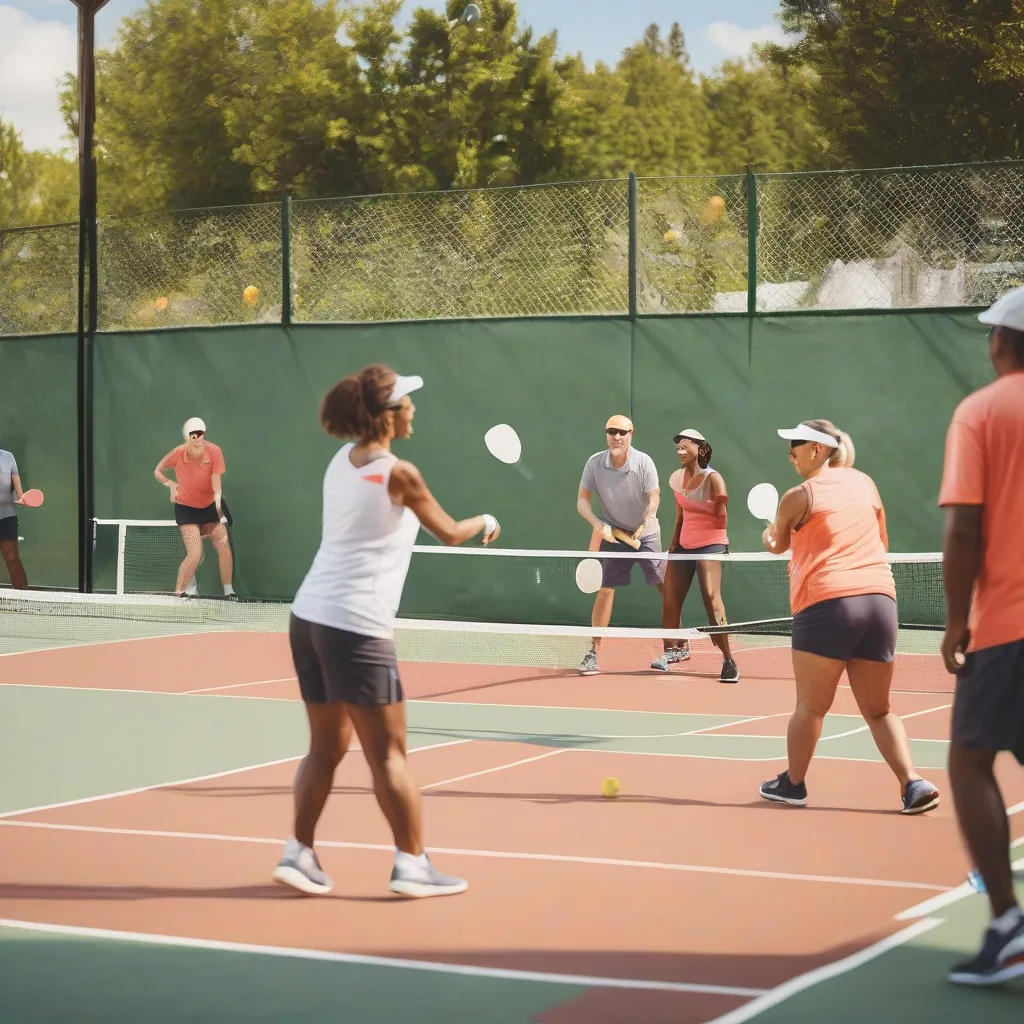Table of Contents
Introduction to Pickleball Injury Prevention Tips
Pickleball is an exciting and fast-paced sport that provides a great workout and social interaction. However, like any physical activity, it carries the risk of injuries. By following key pickleball injury prevention tips, you can enjoy the game while minimizing the risk of getting hurt. This guide covers the top 10 pickleball injury prevention tips to keep you safe and healthy on the court.
Why Injury Prevention is Important in Pickleball
Preventing injuries in pickleball is crucial for several reasons:
- Longevity: Avoiding injuries allows you to continue playing and enjoying the game for years to come.
- Performance: Staying injury-free helps you maintain peak performance and improve your skills.
- Health: Preventing injuries reduces downtime and promotes overall physical well-being.
- Enjoyment: Playing without pain or discomfort enhances your enjoyment of the sport.
 Pickleball Injury Prevention Tips
Pickleball Injury Prevention Tips
Top 10 Pickleball Injury Prevention Tips
1. Warm Up Properly
Always start with a thorough warm-up to prepare your muscles and joints for physical activity. Include dynamic stretches and light cardio exercises to increase blood flow and flexibility. Warming up properly is essential for preventing muscle strains and joint injuries.